(QBĐT) - Quang Binh people still remember the saying: "Land makes history, people make friends". Gianh River - a large river in Central Vietnam, is itself a part of history. During his lifetime, poet Pham Ngoc Canh once compared Gianh River to "a 200-year-old slash" on the country's body. Gianh ferry also contributed to making history in the land that was once the front line.
I once passed Gianh ferry on the North-South road. Many people have passed. Passing Gianh bridge today, how many people remember the historic ferry? Whether remembering or forgetting, Gianh ferry is still a historical relic, a place that hides the heroic pages of Quang Binh "rising up" during the years of fighting against the French and Americans to save the country.
During the resistance war against the US to save the country, Gianh ferry was one of the important traffic gateways, providing human and material support to the front line. Every day, the ferry terminal welcomed thousands of soldiers, cadres, people and weapons and ammunition from the North to the South. The ferry terminal was also the site of many fierce battles between our army and people and the American invaders.
After the country was unified, Gianh ferry terminal remained an important traffic gateway of Quang Binh province. The ferry terminal contributed to promoting the socio -economic development of Quang Binh province and the Central provinces.
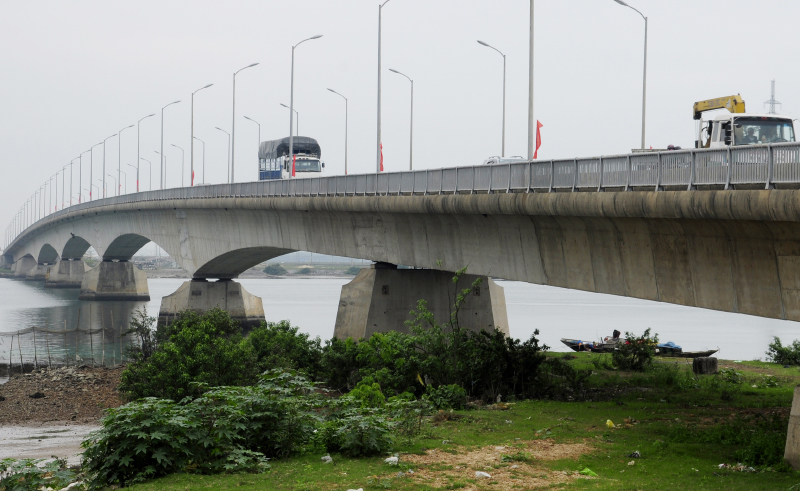 |
Gianh ferry completed its historic mission. However, the “price of peace ” was not small. 114 soldiers, cadres, and transportation workers sacrificed their lives; of which 78 martyrs were Gianh ferry employees. The people of Quang Thuan ward (Ba Don town), the old Ha Trach commune (Bo Trach) where the ferry was located, shed their blood and sweat to create the symbol.
*
**
“Bridge-izing” ferries on rivers that cross National Highway 1, including ferries in Quang Binh, is an “order” from the Transport sector for the country to build after the country’s reunification. Gradually, ferries on those “main roads” were replaced by bridges, such as: Doan Vy, Gian Khau, Ghep, Bung, Dong Ha...
The plan to build Gianh Bridge was considered since 1989.
Associate Professor, Dr. Tong Tran Tung, who was once an assistant to the Minister of Transport, said this. At that time, the country had just entered the renovation process, and it was difficult to find bags of cement and steel. "The last steel girders reserved to ensure the passage of ships have all been used for Ben Thuy Bridge." Mr. Tung scratched his head, feeling that there were difficulties ahead. The Transport Design Institute (now the Transport Design Consulting Corporation - TEDI) proposed 7 options for Gianh Bridge, but none of them were feasible.
Associate Professor, Dr. Tong Tran Tung talked about the steel trusses of railway bridges for repair, such as those used to build Chuong Duong Bridge and Ben Thuy Bridge. The plan to use steel trusses designed and manufactured in Vietnam, such as VN64 or T66, was not suitable. Listening to him tell the story, I remembered that time when the Soviet Union and Eastern European countries were in trouble, and then changed their political regimes. Aid for Vietnam was no longer available.
According to Mr. Tong Tran Tung, the Gianh Bridge project, although very urgent at that time, had to be stopped. Not only due to materials and technological inadequacies, but also due to "psychological problems" after the incident of the Rao Bridge (Hai Phong) collapsing the northern pier span (in 1987).
The story of finding a solution for Gianh Bridge brought this bridge specialist back to memories of the German Democratic Republic (former) and Japan. He had discussions with Leonhardt (Germany) and representatives of Nisho Iwai Company (Japan).
- I remember in the winter of 1988, after work, I was welcomed to meet the Minister, Prof. Dr. Bui Danh Luu. When Dr. Phan Vy Thuy and I entered, we met the Minister and Deputy Minister Le Ngoc Hoan, along with Prof. Dr. La Ngoc Khue (later Deputy Minister) and many other scientists.
- What can you do there?
- I report on the basics of cantilever technology, explaining that this technology must be used for prestressed concrete bridges in our country, first of all Gianh Bridge. Of course, this is foreign bridge technology, we have not yet been transferred.
- Minister Bui Danh Luu agreed and assigned the Institute of Traffic Design, Institute of Transport Science and Technology, and CIENCO Thang Long to carry out the necessary steps to apply prestressed concrete cantilever technology to the construction of Gianh Bridge.
- Agree on the solution but the biggest difficulty is capital. Where can we find more than 1 million USD to buy a pile hammer from TONE? Special equipment such as anchors, prestressed cables, and cantilever trucks introduced by Nisho Iwai (Japan) also cost more than 10 million USD?
Life is not simple. After meeting Leonhardt, it was the turn of Adam Hornig Baughesellsachafl Company (Germany), meeting Ambassador Jurgen Elias (Germany)... then meeting Mr. T.Glor (Switzerland). Mr. T.Glor helped CIENCO Thang Long connect with VSL Pte Ltd Singapore. Difficulties always give rise to ingenuity, if you have luck, you will have a share. VSL Pte Ltd Singapore promised to help Vietnam with specialized materials and design cast cars for CIENCO Thang Long to manufacture on its own, at a much cheaper cost than importing from abroad.
The joy was short-lived. Then the promise was not fulfilled. Associate Professor, Dr. Tong Tran Tung packed his bags and flew to Austria to work with Vorspann-Technik GmbH. His journey was from Vietnam to Poland, he applied for a visa to Germany and then continued to Austria. It was hard, cold... and he experienced many emotions, worries, excitement... but fortunately, the results were beyond expectations.
Vorspann-Technik GmbH agreed to provide special materials, casting machines, technical assistance and everything that CIENCO Thang Long proposed at a cost of 27 million Schillings (Austrian currency), equivalent to 2.7 million USD.
- The story does not end there. Associate Professor, Dr. Tong Tran Tung recalls that in May 1993, a large scientific conference took place with the participation of Minister, Professor, Dr. Bui Danh Luu and Minister of Planning and Investment Do Quoc Sam.
Not only domestic scientists but also world-famous bridge and road experts such as Prof. Dr. Michel Virlogcux, representatives of VSL and Freyssinet attended. The orientation of developing large-span prestressed concrete bridges, grasping and mastering the world's cantilever technology was affirmed. With Gianh bridge, the choice of construction and installation technology structure was also decided.
- On August 6, 1991, the Government approved the project to build a bridge across Gianh River, this is an important legal document.
- Wow, even a bridge is decided by the Government? I asked Associate Professor, Dr. Tong Tran Tung.
- Each historical period is different. In 1995, Gianh Bridge was officially started. Mr. Tung recalled with emotion, all the emotions came flooding back.
Although it encountered many difficulties and technical problems several times due to the first implementation of cantilever technology, Vietnamese bridge engineers promptly overcame them. On November 27, 1998, a major event came to Quang Binh: Giang Bridge was inaugurated. For the Vietnamese transport sector, Gianh Bridge was put into use, the last ferry crossing point on National Highway 1 was removed.
*
**
After more than 25 years of operation, Gianh Bridge with 9 spans has been carrying on its "shoulder" the mission of connection. As the socio-economy develops, the demand for traffic increases, so Gianh Bridge is increasingly overloaded. The story of a 4-lane road and a 2-lane bridge has become a contradiction of development. The narrow bridge, a "bottleneck" , and mixed traffic have become a worrying problem for traffic safety.
Therefore, in January 2024, the Ministry of Transport approved the investment policy for the project to upgrade and expand a number of bridges and tunnels on National Highway 1, including Gianh Bridge, Quan Hau Bridge, and Ngang Pass Tunnel. That is good news for Quang Binh.
With Gianh Bridge, the approved plan will build a new bridge unit with a width of 12m and a length of nearly 745m. The scale of the road at the bridgehead is designed according to the standards of a level 3 plain road, with a design speed of 80km/h, and the roadbed is widened to suit the scale of 4 lanes, with a roadbed width of 20.5m.
Walking on Gianh Bridge, I always remember the story and thoughts of engineer Pham Quang Hai, former Director of Quang Binh Department of Transport. He once wished to have a cluster of monuments for the Vietnam Transport sector in Quang Binh, located on the southern bank of Gianh River. That was a story 10 years ago, when Pham Quang Hai was the Director of Quang Binh Department of Transport.
I keep thinking, maybe one day...
Ngo Duc Hanh
Source: https://www.baoquangbinh.vn/van-hoa/202412/cau-gianh-cau-chuyen-chua-ke-2222795/



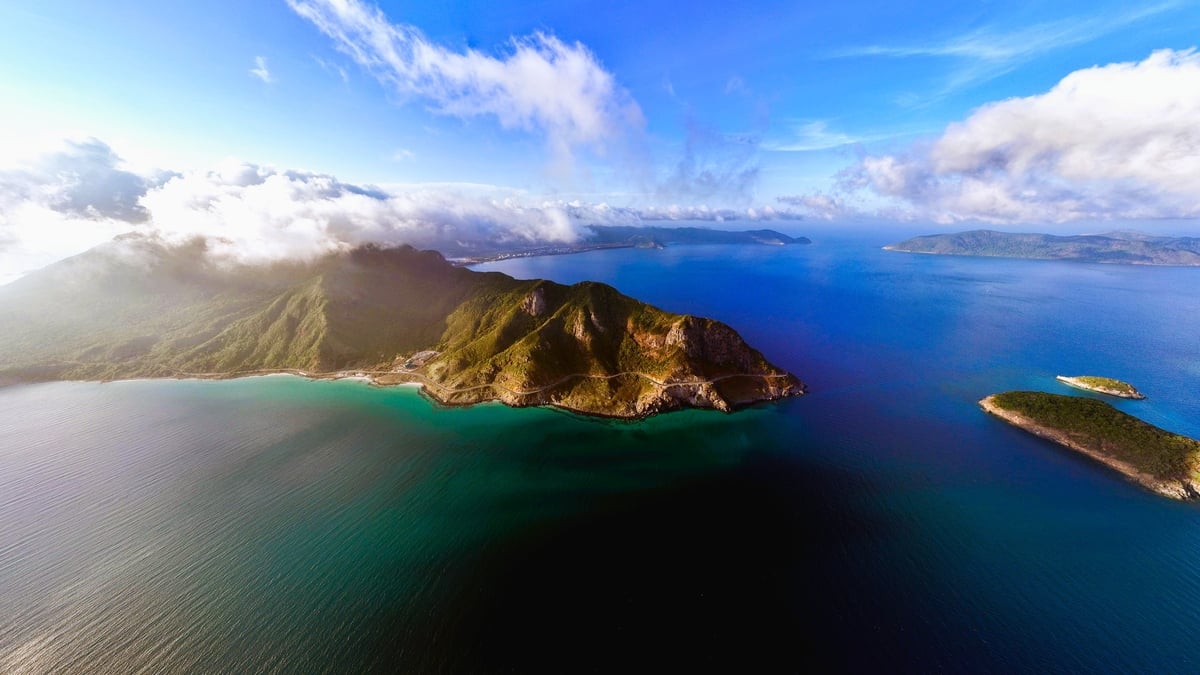




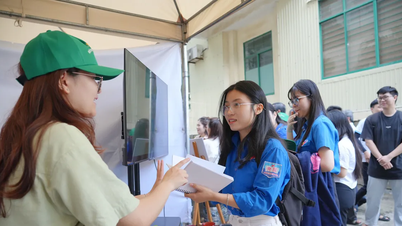



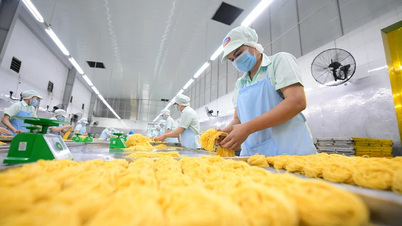

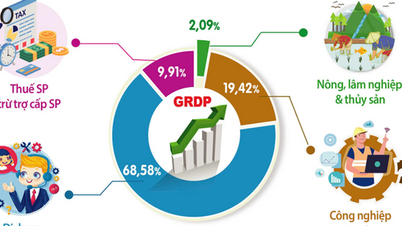




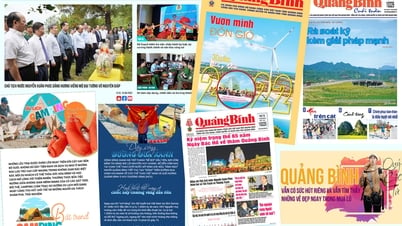

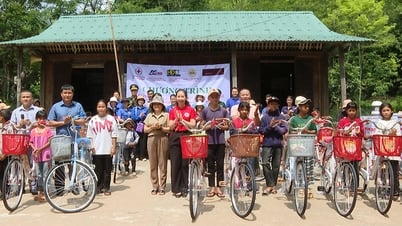


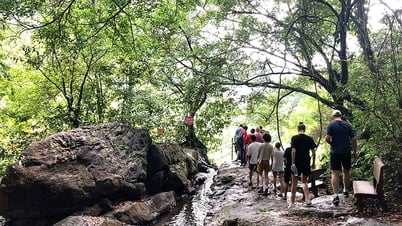





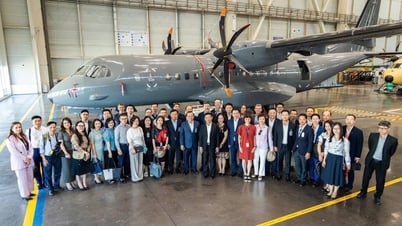
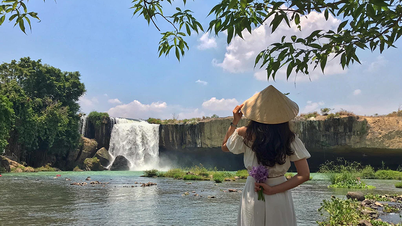
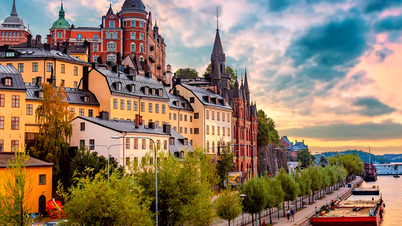

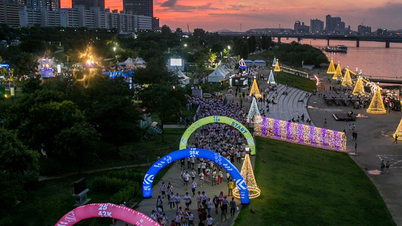
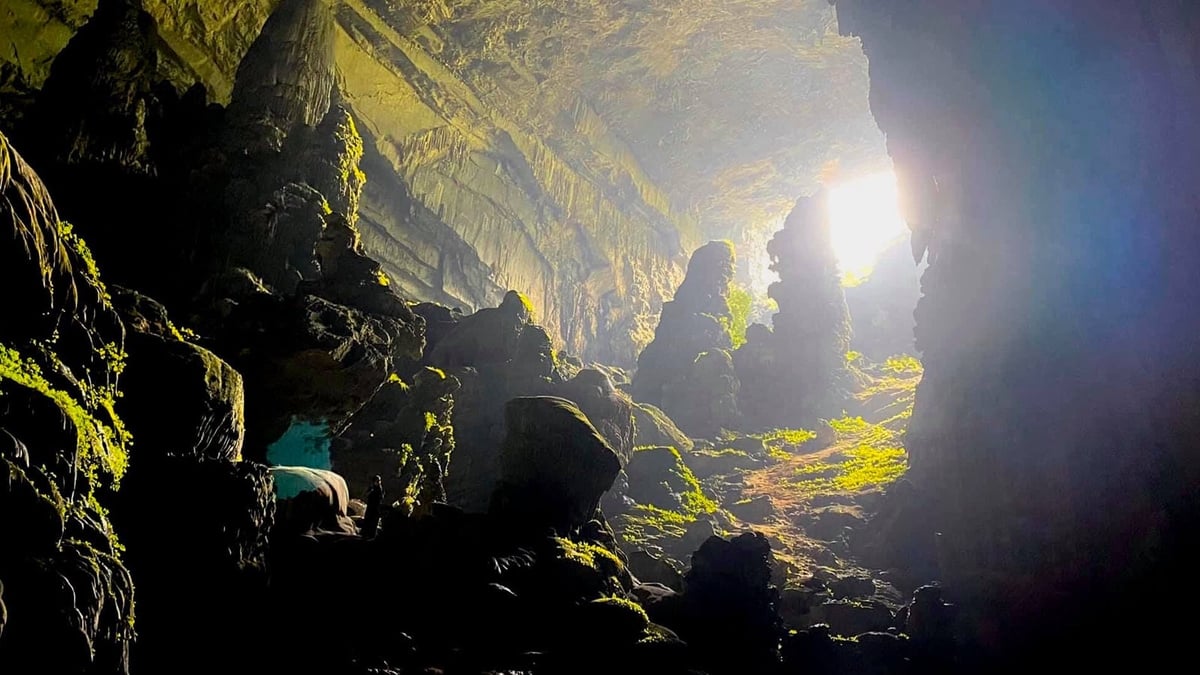


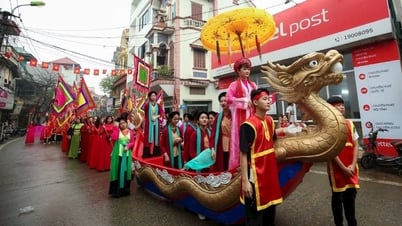

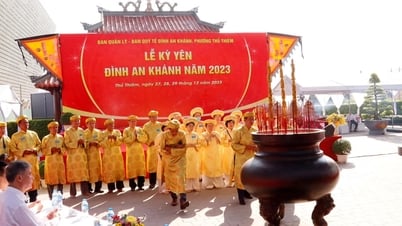

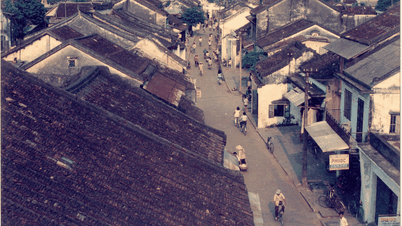
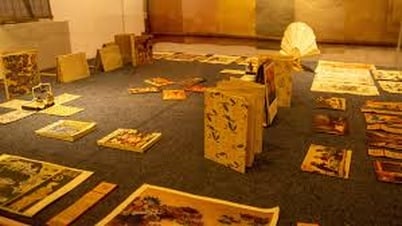

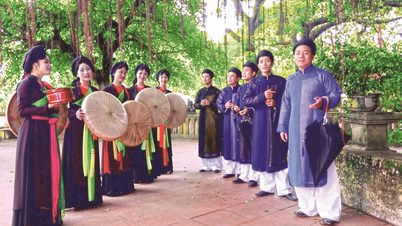

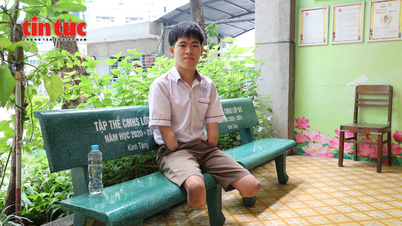

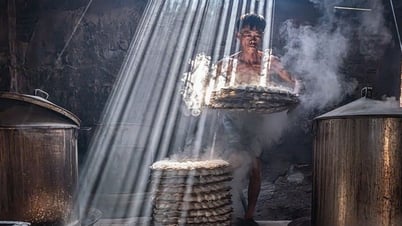


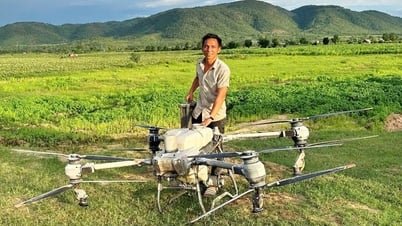

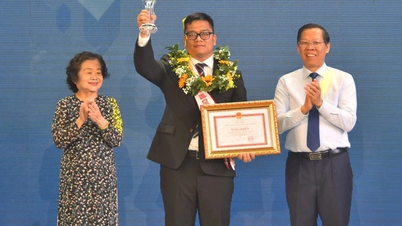



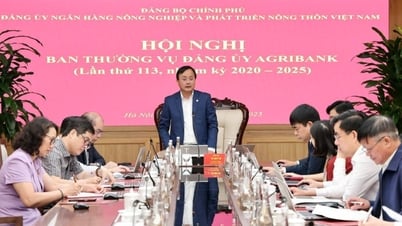
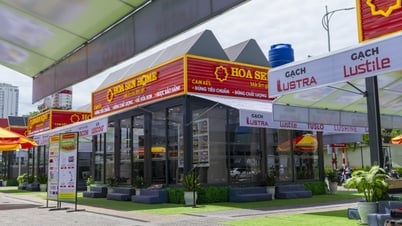

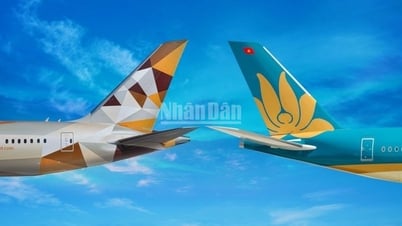








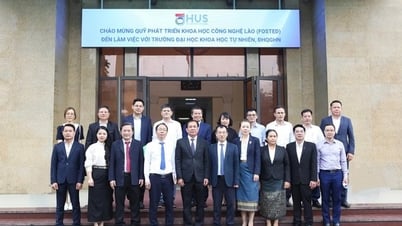






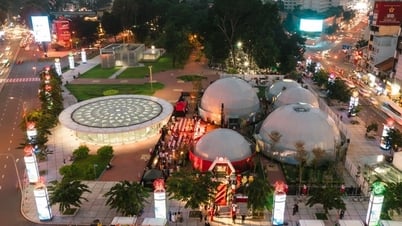


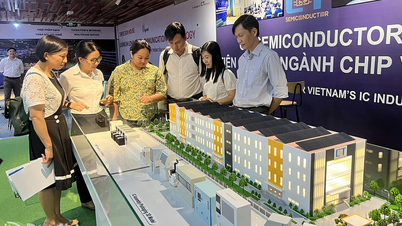

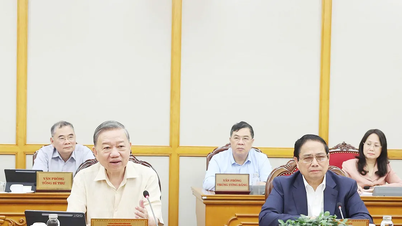
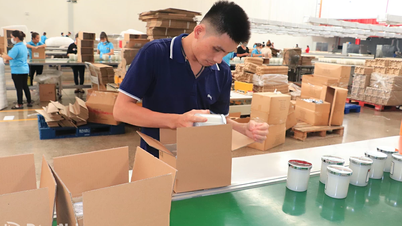
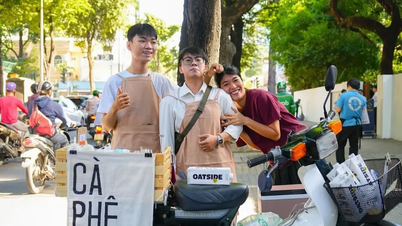

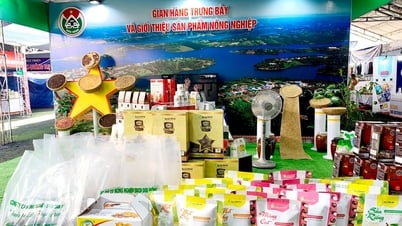

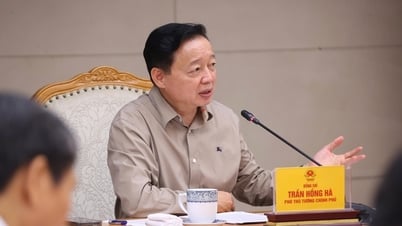
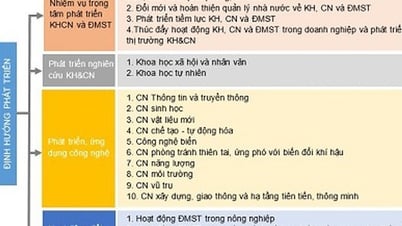

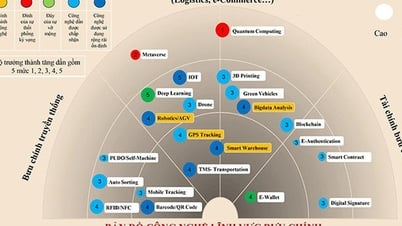




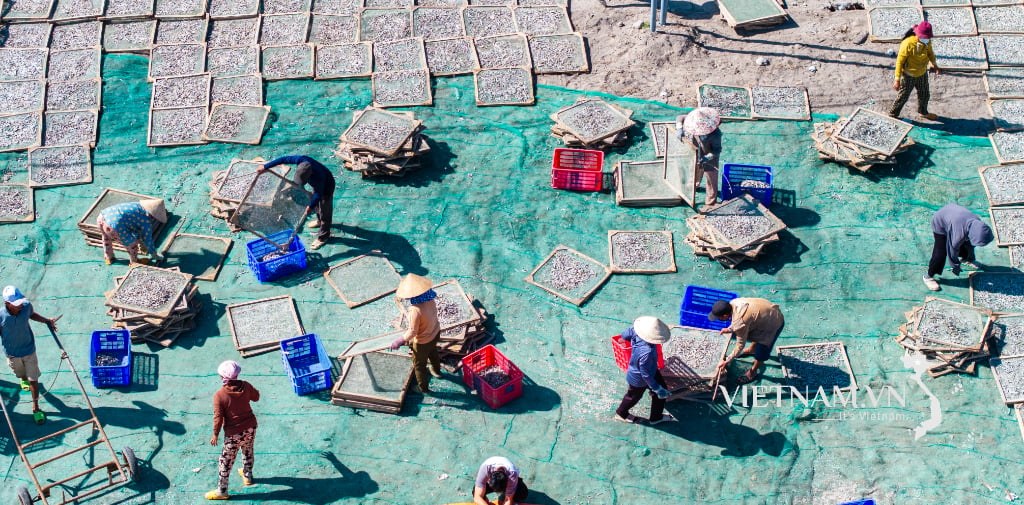

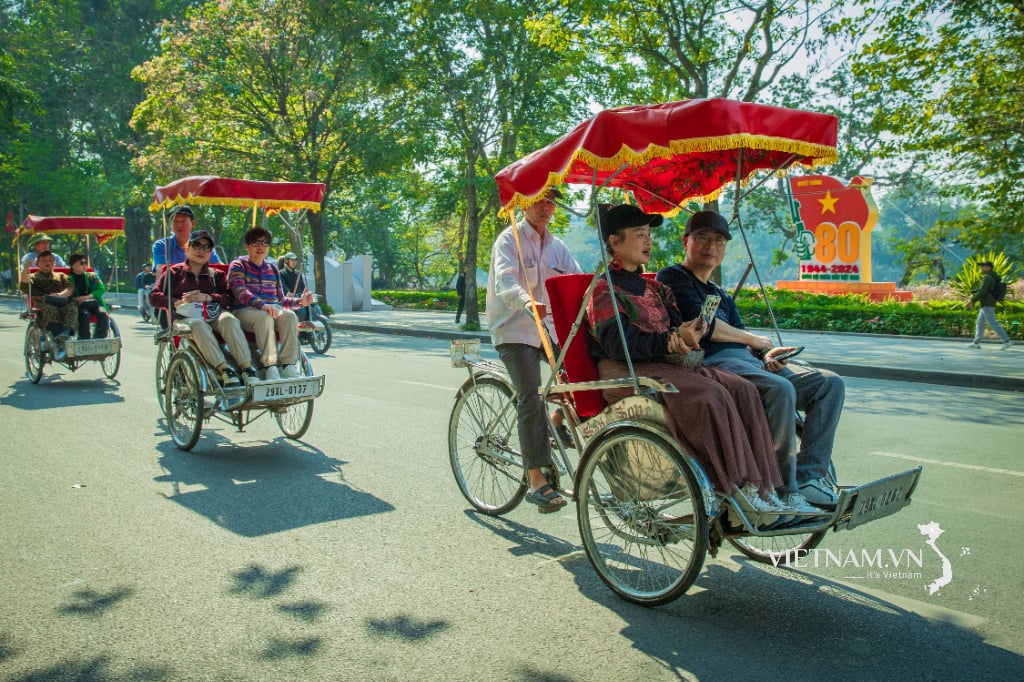
Comment (0)